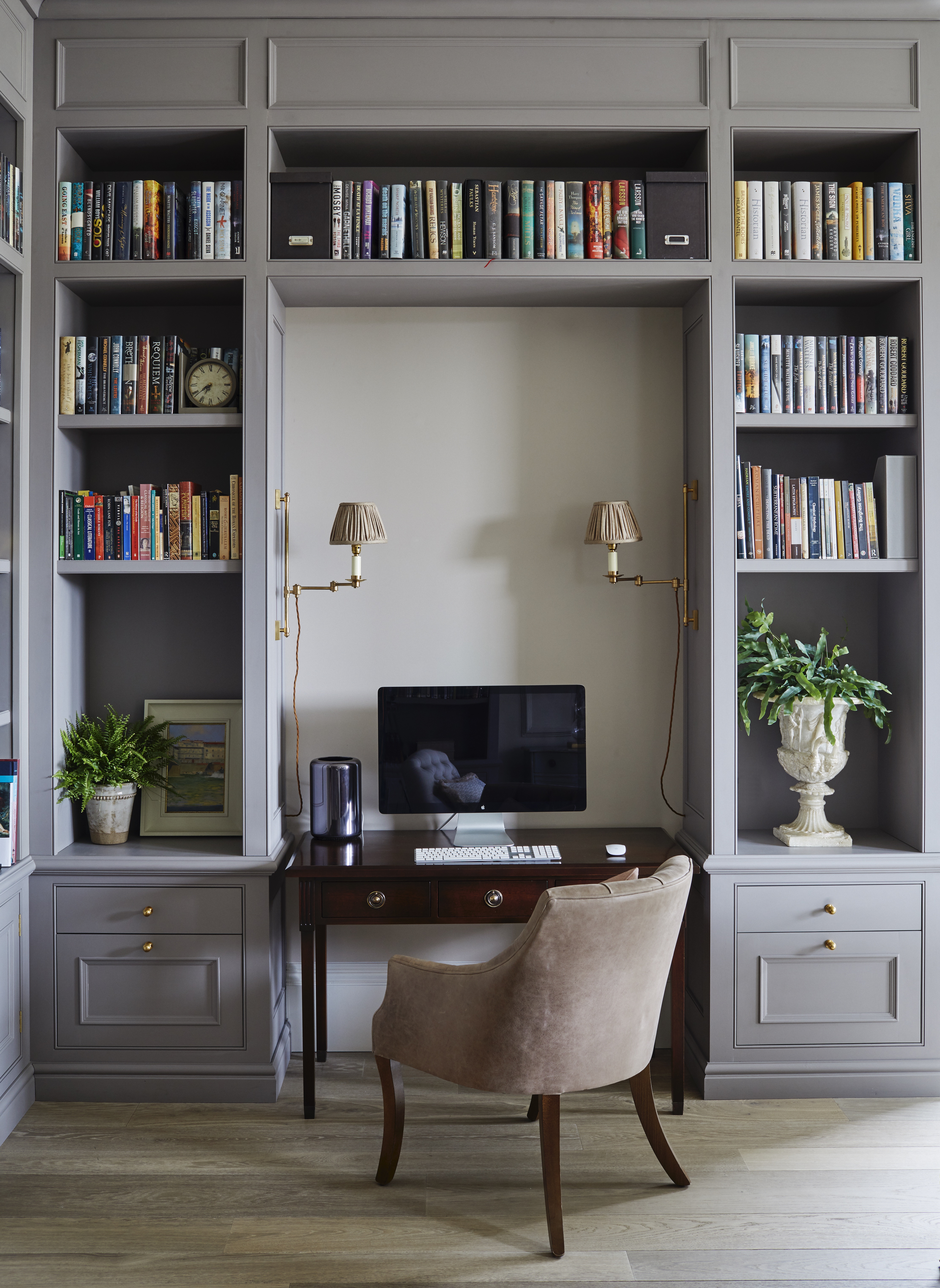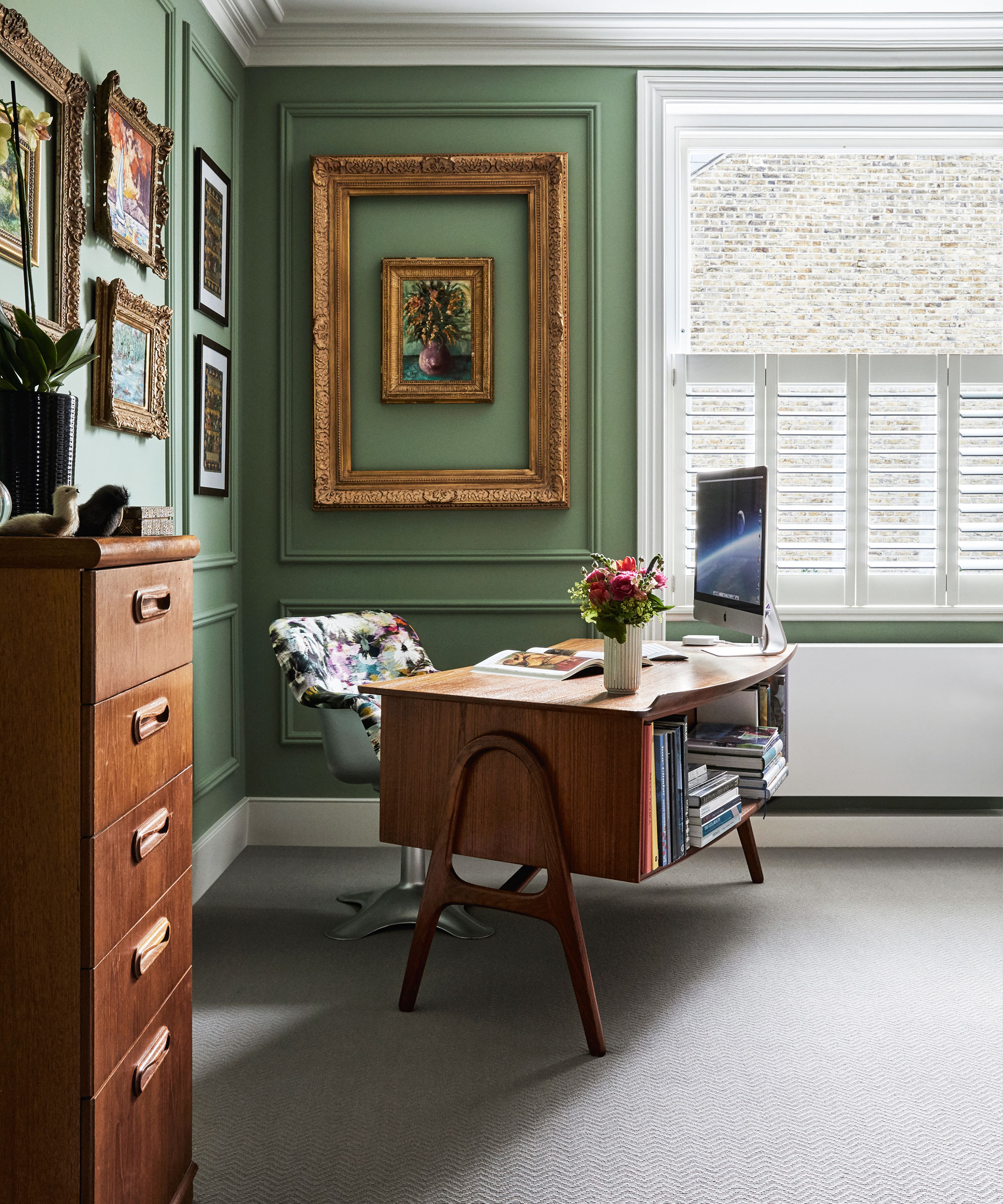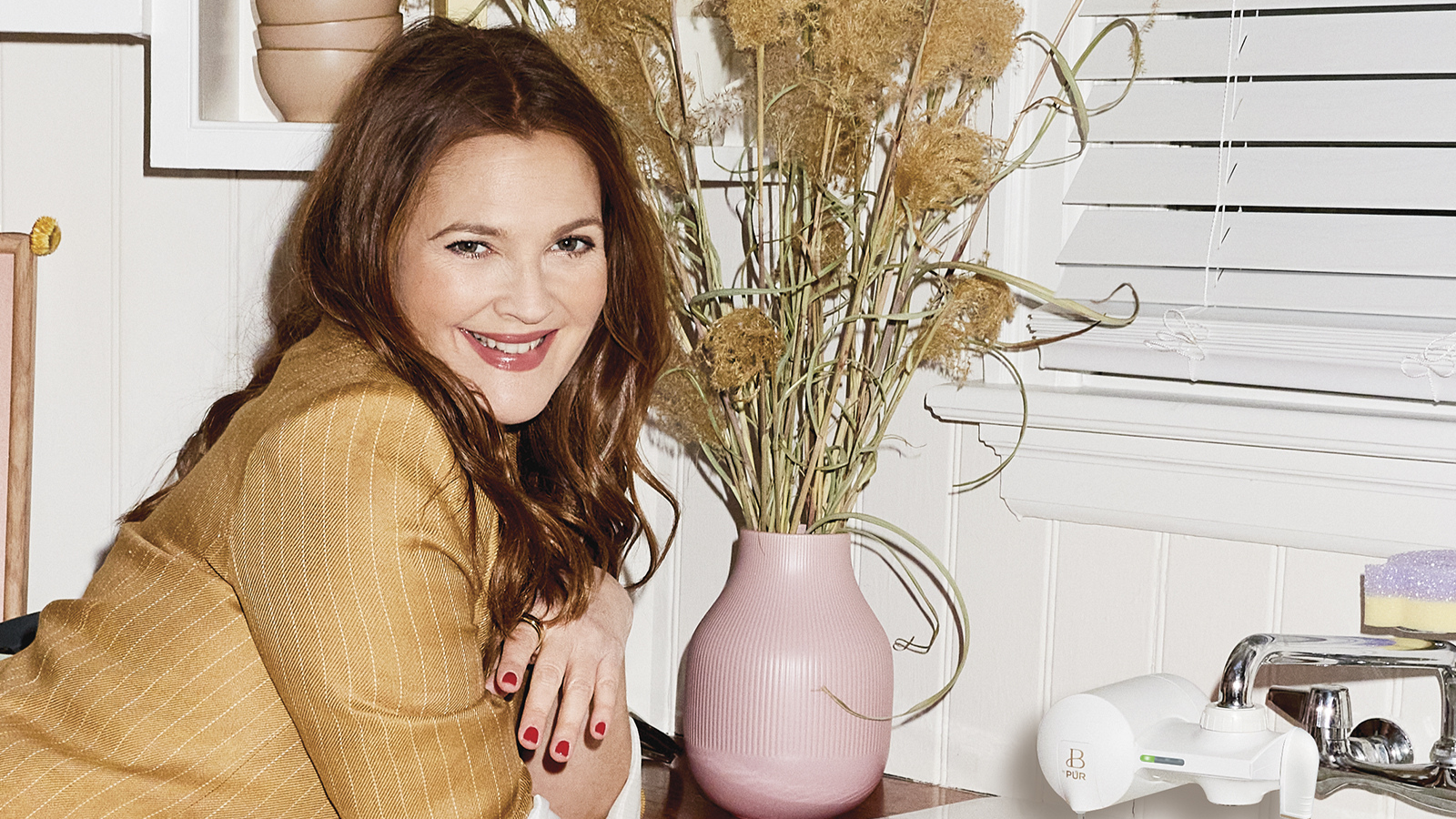How to clean a monitor – 3 simple steps to a streak-free screen
This is how to clean your monitor, for a spotless screen worthy of your home office


Knowing how to clean a monitor is one of life's essentials – and it's something that many people everywhere face frequently. And despite its ability to elevate your home office ideas instantly – the process is incredibly simple (especially when equipped with expert cleaning tips).
Whether you're looking to remove fingerprint smudges or just general life debris from your screen, the process remains the same. Here's how to enjoy a streak-free finish that will make your monitor usage that bit brighter for a little longer.
How to clean a monitor – expert tips for a streak-free finish

According to Sara San Angelo (also known as The Cleaning Lady), you should avoid using any cleaner other than a cleaner specifically formulated for electronic screens (such as this one from Amazon). This is especially important for electronic touch screens.
'These are very sensitive devices, and cleaners with bleach, ammonia, or an acidic cleaner like vinegar can erode the screen and cause permanent damage,' she says. But what does the cleaning process involve?
1. Prepare a monitor for cleaning
Before spraying a monitor, cleaning expert, Elizabeth Davis recommends turning off your power and removing all surface dirt with a microfiber cloth. 'If you see any stubborn spots, dampen the cloth with a little bit of water and lightly scrub,' she says. 'A microfiber cloth is your best friend if you don't want to leave any streaks.'
It is also important to wait until your screen has cooled down completely before cleaning. Therefore, it might be better to follow these steps in the morning before work, instead of during your lunch break or soon after finishing in the evening.
'This is essential for avoiding screens,' adds cleaning expert Steve Evans of Memphis Maids. 'If you used it 5 minutes ago, it's going to be warm. It's best to clean it out right when you start your day, so it had plenty of time to rest,' he says.
2. Use the spray to clean thoroughly
Both Elizabeth and Sara suggest applying the spray directly to the microfiber cloth before cleaning the monitor. 'You can use a little more pressure when scrubbing, but be careful not to push too hard, which can damage the screen,' Elizabeth says.
To encourage a streak-free finish, it helps to avoid spraying directly on the monitor or touch screen, as this may also wet other components that should not be exposed to water. 'Then wipe the screen gently until there are no streaks,' Sara adds.

3. Dry the monitor
Once you have finished, Elizabeth suggests using the dry side of your microfiber cloth to buff the screen and remove any remaining streaks or residue that may be causing a problem.
'This spotless result will accentuate your modern home office ideas without investing much time at all,' adds H&G's Editor in Chief, Lucy Searle. 'It's a simple process that will make your monitor look better instantly – because no one wants to work with streaks on their screen.'
How do you clean a monitor without damaging it?
To avoid damaging your monitor, it is important to use a soft but powerful microfiber cloth and a purposefully-designed spray. This will ensure a streak-free clean, but it will also keep the mechanisms running smoothly too. Remember to clean when your computer has cooled down and always avoid harsh chemicals.
How can I safely clean my monitor?
Ensuring your monitor is turned off and cool before cleaning is important, but it is equally essential to turn it on at the right time too. 'Never rush on turning it. It is because it may be possible that there is a little liquid drop left that can damage your monitor,' says computer expert Martin McGaha. This may lead to an expensive repair job, or, in the worst case, a new monitor.
Can I use Windex on my monitor?
Despite Windex's unrivaled ability to clean a mirror and windows alike, it is better to avoid this product on your monitor. The team at Harrison Wipes explains that the product, along with other powerful cleaning tools is not suitable, as they may wipe away the screen coatings and damage your monitor.
Sign up to the Homes & Gardens newsletter
Design expertise in your inbox – from inspiring decorating ideas and beautiful celebrity homes to practical gardening advice and shopping round-ups.

Megan is the Head of Celebrity Style News at Homes & Gardens, where she leads the celebrity/ news team. She has a history in interior design, travel, and news journalism, having lived and worked in New York, Paris, and, currently, London. Megan has bylines in Livingetc, The Telegraph, and IRK Magazine, and has interviewed the likes of Drew Barrymore, Ayesha Curry, Michelle Keegan, and Tan France, among others. She lives in a London apartment with her antique typewriter and an eclectic espresso cup collection, and dreams of a Kelly Wearstler-designed home.
-
 7 of the best tomatoes for growing in pots - expert growers pick their top varieties ideal for large harvests from containers
7 of the best tomatoes for growing in pots - expert growers pick their top varieties ideal for large harvests from containersYou can enjoy bumper homegrown harvests in small spaces
By Drew Swainston Published
-
 Drew Barrymore creates a 'balanced' kitchen in 4 easy steps – her rules will make your small, compact countertops feel beautiful
Drew Barrymore creates a 'balanced' kitchen in 4 easy steps – her rules will make your small, compact countertops feel beautifulDrew proves that with the right styling (and chic appliances), you can make even the smallest of kitchens look harmonious
By Hannah Ziegler Published